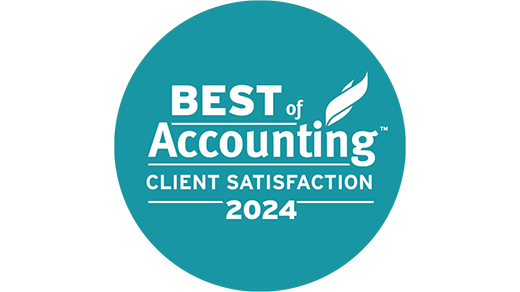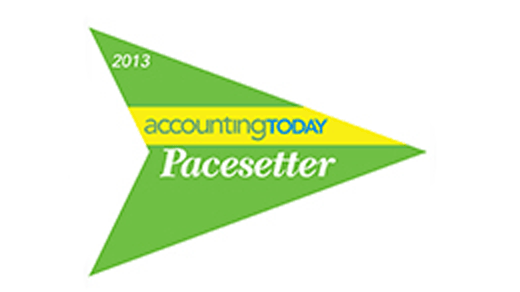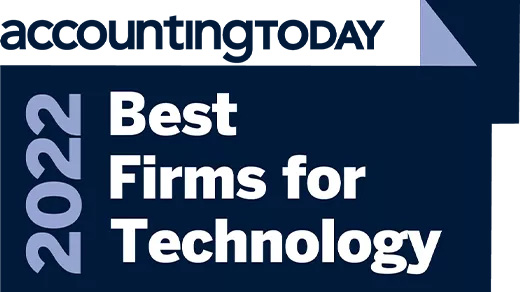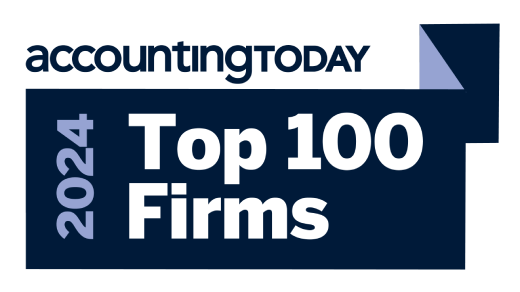IPO Readiness Consulting Services

Initial public offering (IPO) readiness is more than finance and accounting. It involves managing heavy upfront costs and resource allocation, navigating complex regulatory requirements, establishing robust governance structures and preparing to meet short-term financial targets. But research shows that only 9% of CFOs have experience taking a company public.1
IPO readiness consulting services help CFOs optimize reporting, establish strong internal controls, maximize tax strategies, build investor confidence, streamline financial processes and navigate regulatory requirements for a clean transition to the public markets.
Your Advantages
The key reasons to hire an IPO readiness consultant include:
Access comprehensive support for each critical aspect of your public markets journey, guided by experienced IPO readiness experts at every step.
Prepare for an IPO and other paths to liquidity by closing gaps, securing resources and coordinating with stakeholders to help ensure a smooth, well-timed transition.
Successfully transition to PCAOB standards by enhancing documentation, preparing accurate financial statements and submitting thorough SEC filings. Plan for tax compliance, manage international tax impacts and resolve segment reporting and classification issues to meet public company requirements.
Ensure timely and compliant financial reporting, supported by robust technology and updated policies. Establish accurate budgeting and forecasting to meet investor expectations, standardize key performance indicator (KPI) tracking and implement effective internal controls to maintain financial integrity.
Conduct talent assessments and implement public company HR policies to manage change effectively. Review equity compensation structures, educate employees on the transition and make informed decisions about outsourcing versus in-house roles for greater efficiency.
Establish strong internal controls and ensure SOX compliance while implementing data privacy and cybersecurity measures. Evaluate and upgrade ERP systems, prepare for ESG reporting and ensure ongoing compliance with public company requirements.
Develop a compelling equity story and establish strong investor relations to manage public scrutiny and build market presence. Plan and execute a successful roadshow, backed by precise financial modeling, to communicate with investors and attract market attention.
Checklist
Choosing the right IPO readiness provider is essential for minimizing risk, maximizing growth and investor confidence and making a successful transition to the public markets. These questions can help you find an advisor who will deliver optimal results.
IPO Consultant Selection Checklist:A comprehensive suite of IPO readiness services and proactive support help you stay on track. Our agile, customized strategies, industry expertise and tech-driven approach deliver efficiency, while our entrepreneurial mindset fosters innovation.
Recognized by ClearlyRated with the Best of Accounting Client Satisfaction award and by Inside Public Accounting as one of the Best of the Best firms year after year, we’re also listed among the Best Firms for Technology, Top Impact Companies, Pacesetters in Growth, and Best 100 Firms. These awards reflect our dedication to client satisfaction, innovation and impact.









Reach out today for a private strategy session to gauge where you’re at in your IPO journey and where to focus next.
1 “An IPO Is Still the Holy Grail,” Spencer Stuart, 2013.